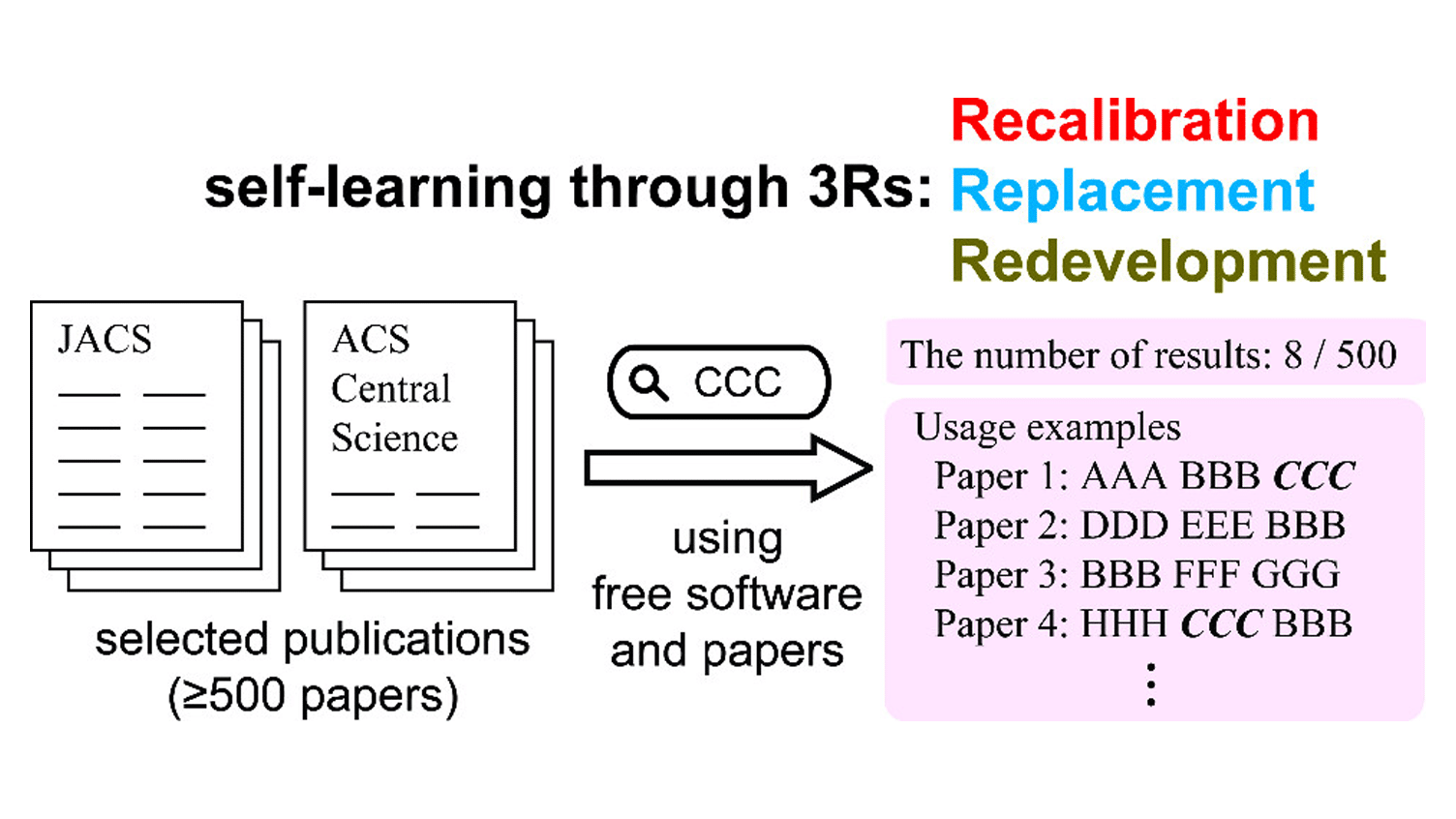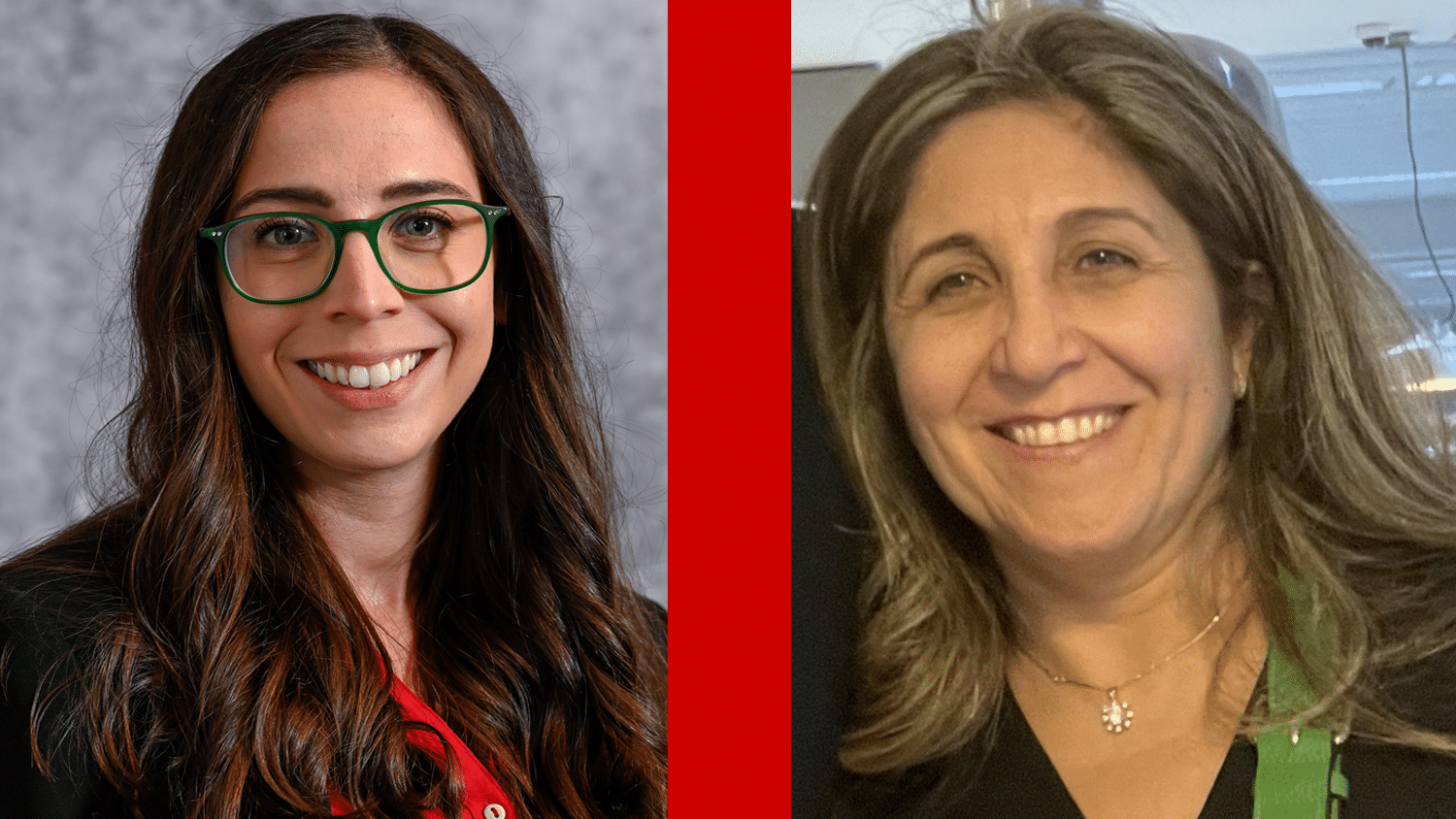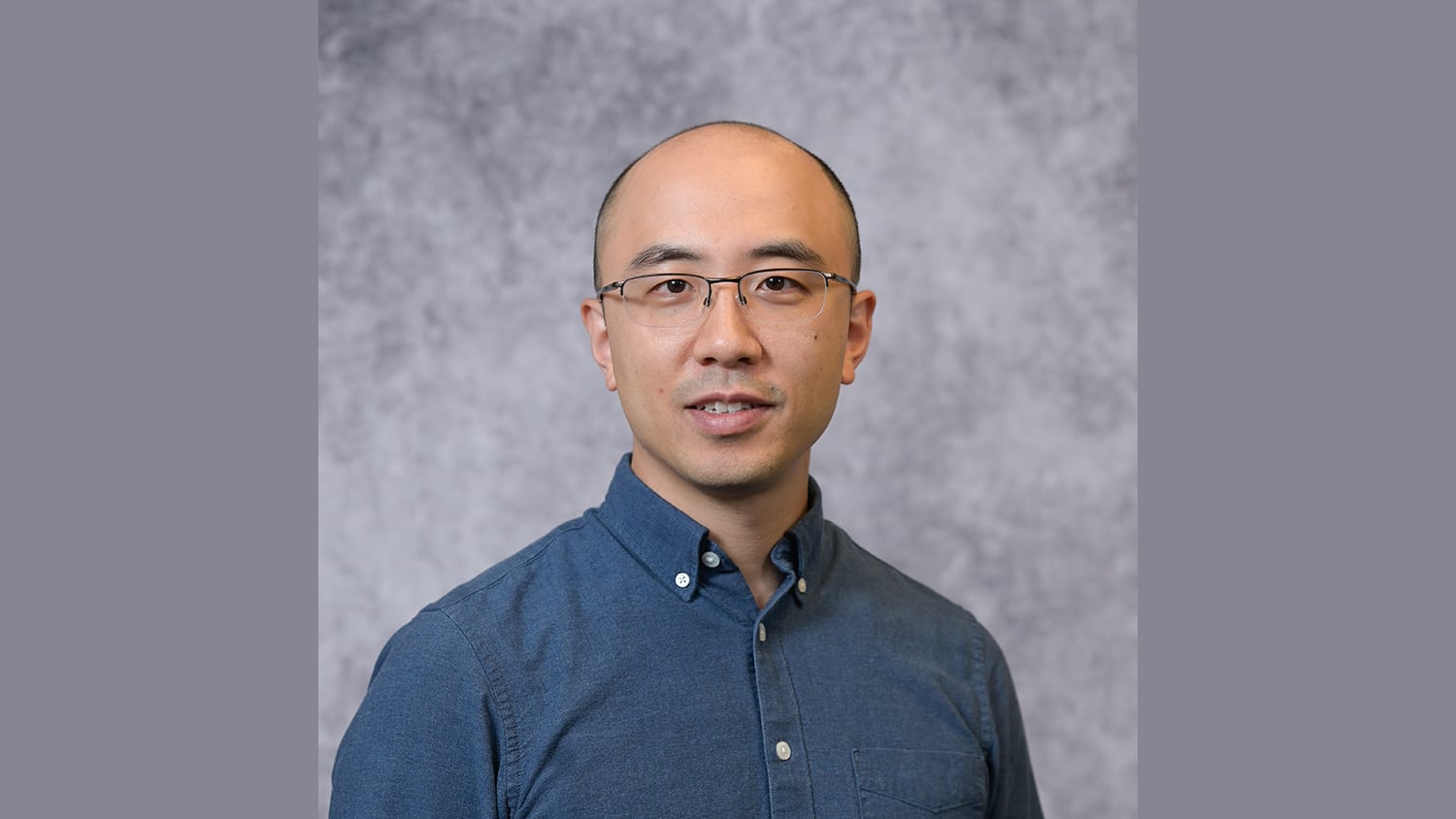Chancellor’s Innovation Fund Awards Support to Six Promising Projects

Innovation isn’t easy. Turning a research discovery into tangible technology takes time, resources and dedication.
That’s why at NC State, we aim to ensure that some of our best ideas have as much support as possible. And thanks to the Chancellor’s Innovation Fund (CIF), six more projects this year will receive seed funding and support from the Office of Research Commercialization.
“The Chancellor’s Innovation Fund continues to serve as one of the most effective ways we can help our world-class faculty commercialize their cutting-edge research,” says Wade Fulghum, assistant vice chancellor of the Office of Research Commercialization. “The goal is to provide the critical funding needed to translate technologies to a point where a startup can be formed for commercialization or a license can be executed with an existing company.”
The CIF, established in 2010, awards up to $50,000 to support short-term, commercially focused research projects. Each year, a select few promising proposals are chosen based on their likelihood of market success — as well as their potential societal benefits.
The CIF seeks to help this research bridge the gap between public and private funding. For every dollar the CIF awards, it generates close to $20 in additional funding or investment.
To date, the CIF has granted nearly $3.9 million to 63 projects — which have attracted nearly $75 million in follow-on funding. These projects have led to 32 startup companies, 61 commercialization agreements and $2.5 million in licensing revenue.
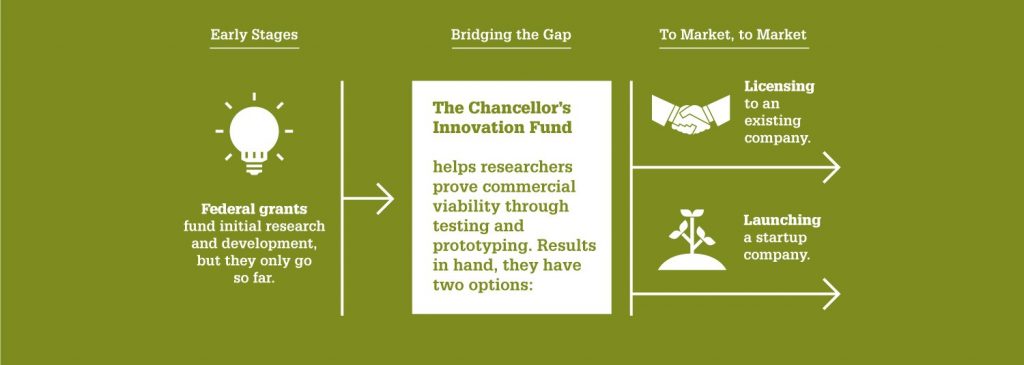
This year’s projects include researching a better way to make EKGs wireless, a novel coating to simultaneously prevent and remove ice, faster COVID-19 antibody tests, and a number of other discoveries with the potential to revolutionize human healthcare.
Read on to learn more about this year’s CIF projects.
Better Bluetooth EKGs

If you’ve ever been hooked up to an electrocardiogram (EKG), you probably know how quickly its mess of long leads can get tangled amongst themselves and other sensor wires. Not only does this limit mobility, but when the wires do get crossed, any one of the average EKG’s 12 leads can easily fall off or report faulty readings.
Jordan Besnoff, a research assistant professor in the Department of Electrical and Computer Engineering, and David Ricketts, a professor in the same department, have discovered how to use “backscatter communication” to wirelessly transmit EKG information over Bluetooth to a smartphone, tablet or computer. Bluetooth EKG systems already exist, but those currently available on the market are quite bulky due to the heavy-duty batteries needed to power them. By using backscatter communication, Besnoff and Ricketts’ design eliminates the need for high-frequency signals — and in turn, any batteries at all. Transmitting the information via lower frequencies takes less energy, enabling the sensor to power itself with nothing more than on-body energy sources, such as sweat.
CIF support will be used to test an early-stage prototype of the device, including demonstrating to potential industry partners that it’s both clinically viable and medical-grade quality.
An All-in-One ‘Icephobic’ Coating
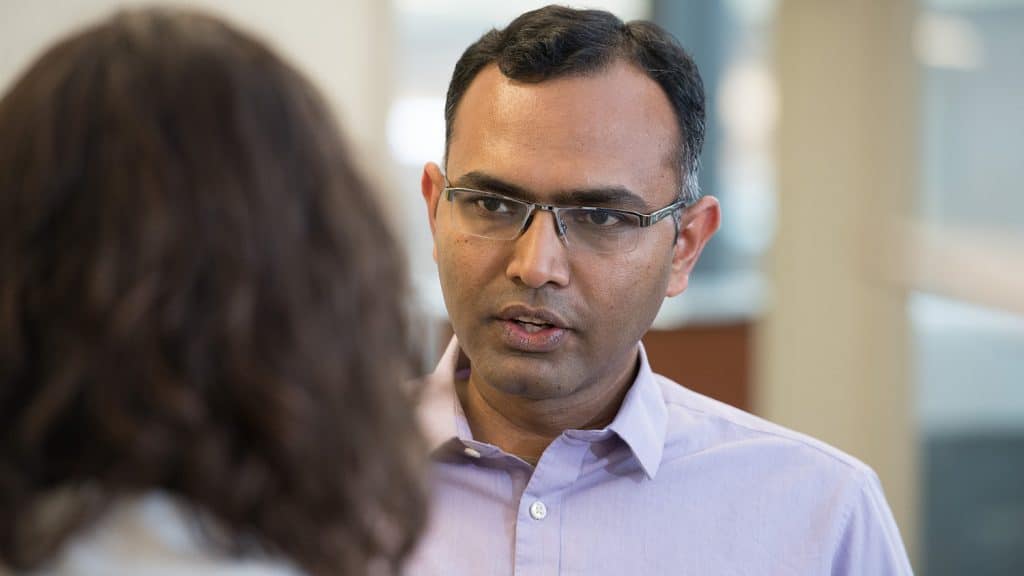
When ice forms on power lines, planes, ships or oil rigs, it’s not only a safety hazard but a financial one, as well. Currently, coatings to combat this problem fall into one of two categories: anti-icing or de-icing. Anti-icing solutions help prevent ice from forming in the first place, while de-icing solutions aid in ice removal.
Arun Kota, an associate professor in the Department of Mechanical and Aerospace Engineering, has developed a coating designed to both prevent and remove ice, which would be a unique “icephobic” solution. Kota’s natural, organic icephobic coating — called “NO-Ice” — helps prevent freezing on a surface and also makes it easier to remove ice when it eventually forms. NO-Ice combines natural ingredients to create a completely biodegradable coating that can be applied to almost any surface as a spray, with a brush or using other techniques.
CIF support will be used to further test NO-Ice — in a scaled-up “icing tunnel” — and optimize its composition to be applied in spray form in order to attract potential partners in the aviation industry, which will be its first target market.
Stronger Antibiotics to Battle Biofilm-related Infections
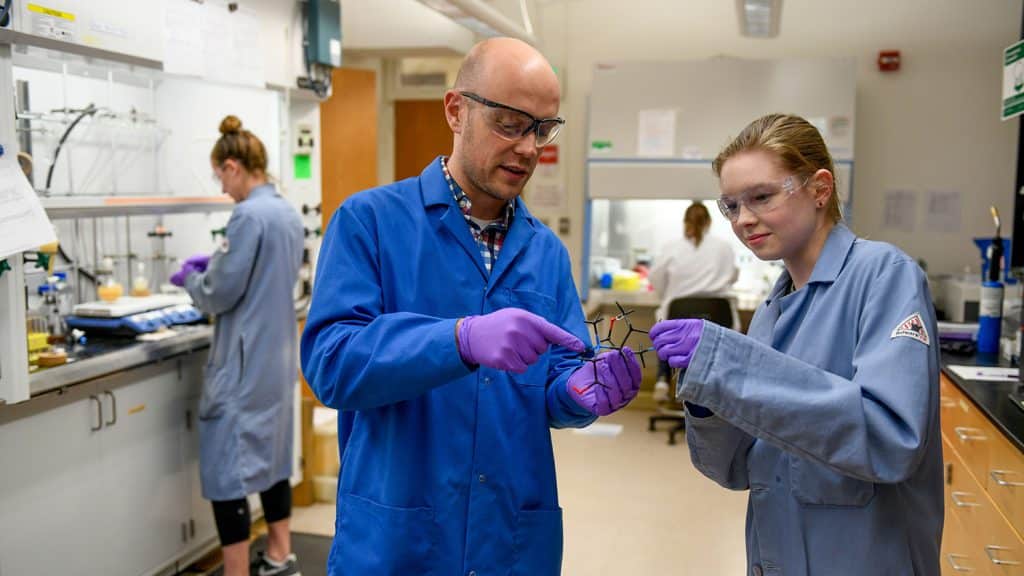
The World Health Organization regards multidrug-resistant bacterial pathogens as one of the top global public health threats facing humanity. Biofilms play a large role in this challenge. The dosage of conventional antibiotics it takes to eradicate a biofilm would be toxic or cause too many adverse side effects, leaving no efficacious treatment against bacterial biofilms on the table at this time.
Joshua Pierce, a professor in the Department of Chemistry, has developed novel compounds that could finally offer an effective tool in the fight against this dangerous form of infectious disease. Pierce has conjugated the compounds with Vancomycin — which is known as a “last-resort” antibiotic, and by itself, still is ineffective against biofilm-related infections — and shown the compounds can make it potent enough to be effective against bacteria in a biofilm state. The technology could also be applied to other FDA-approved antibiotics.
CIF support, along with matching funds, will be used to complete pre-clinical trial work. Completing the CIF project milestones will generate data that directly addresses feedback from potential industry partners.
Greater Protection Against Lethal Toxins
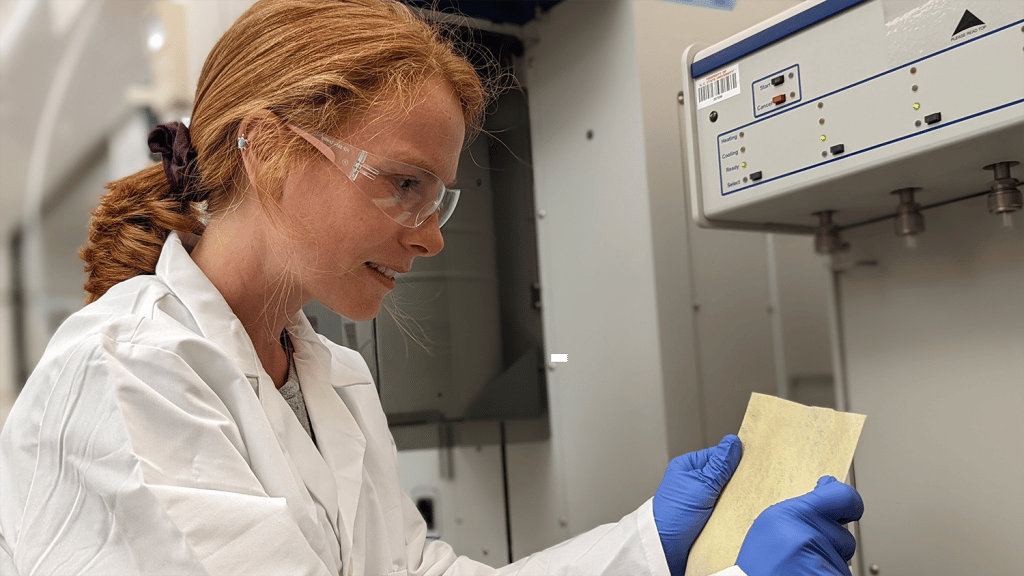
Chemical weapons continue to present serious danger to soldiers and civilians alike in war zones across the world. And since World War II, there’s been little technological advancement in protective gear. Current offerings rely on activated carbon materials, which only adsorb but do not neutralize the chemical warfare agent — and often make the equipment heavy, hot and hard to wear.
Gregory Parsons, the Alcoa Professor in the Department of Chemical and Biomolecular Engineering, and his graduate student Sarah Morgan have developed “ChemBuckler,” which has the potential to be a revolutionary, next-generation protective fabric that not only adsorbs but also neutralizes chemical warfare agents on contact using zirconium-based metal-organic framework catalysts. Their technology produces durable fabric composites that can be used to create better-fitting gear, which provides greater protection against toxins — with less burden on the wearer. The technology also has applications in personal protection from agricultural pesticides.
CIF support will be used to develop samples for the U.S. Army to test against its key performance characteristics.
Custom Clotting Therapy for Chronic Wound Care
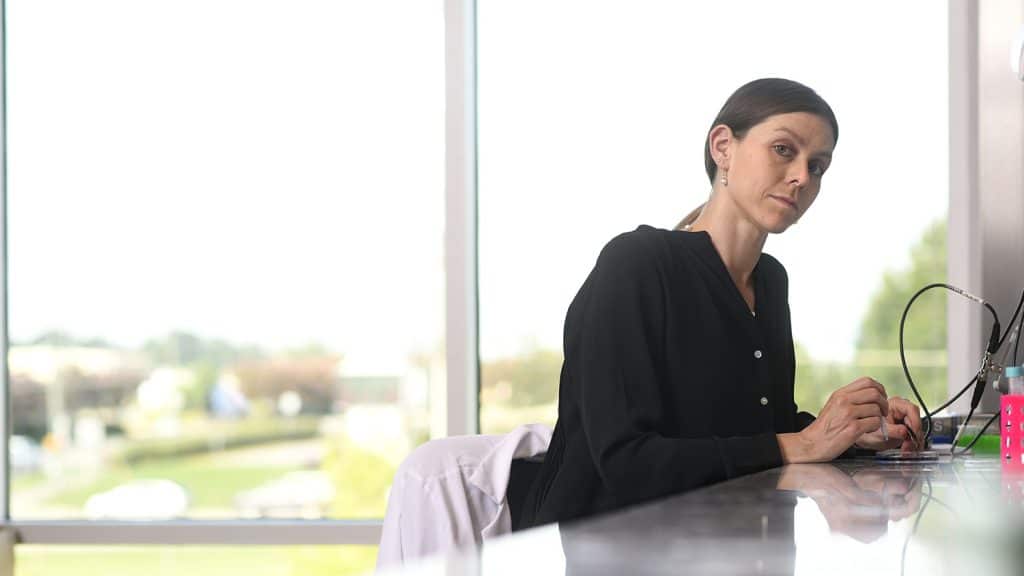
Chronic wounds affect millions of Americans each year. These types of wounds — which can take months to heal, if they ever do — also present a significant challenge in veterinary medicine, as well. When left untreated, chronic wounds can lead to infection, amputation and even death.
Ashley Brown, an associate professor in NC State and UNC-Chapel Hill’s Joint Department of Biomedical Engineering, has developed neonatal fibrin-based nanogels that could one day be used to kickstart the body’s production of healing cells. Brown has found an industry partner to provide neonatal materials from pigs, which have been demonstrated to be functionally equivalent to human fibrin. The nanogels are synthesized using simple, scalable fabrication methods and can be stored at room temperature. Improving wound healing in vivo, the nanogels are easy to deliver and designed to work for long periods of time. Brown’s platform can also piggyback other drugs into wound sites to further augment healing or prevent infection.
CIF support will be used to conduct pre-clinical trials in rodents, a critical first step in determining its safety and efficacy.
Cutting-edge COVID-19 Antibody Tests
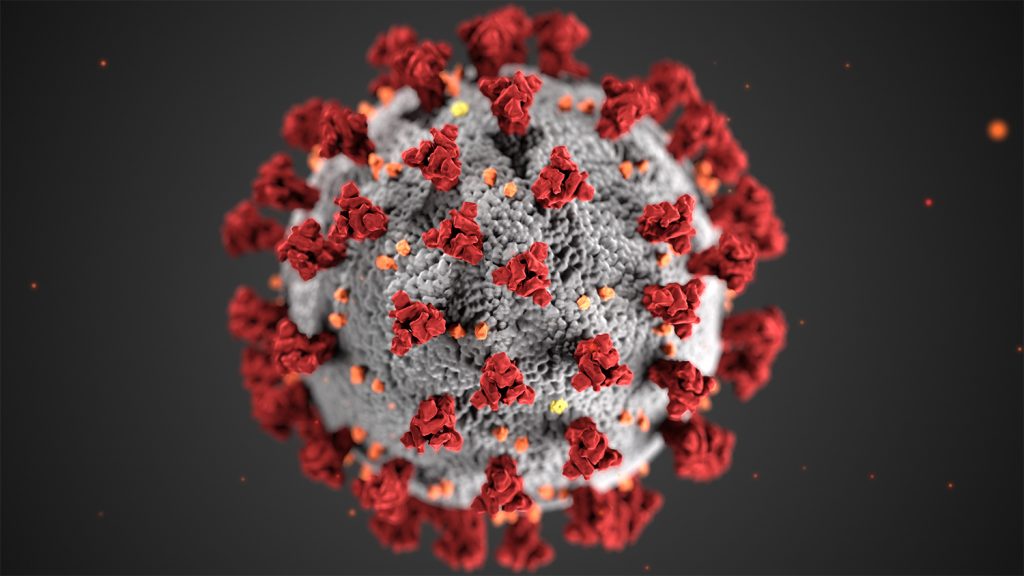
COVID-19 antibody tests can cost hundreds of dollars and take hours to process. Today’s commercial assays require skilled personnel to run — costing as much as $1,000 per kit and taking between six and nine hours to yield results.
Stefano Menegatti, an associate professor in the Department of Chemical and Biomolecular Engineering, and Michael Daniele, an associate professor with dual appointments in the Department of Electrical and Computer Engineering and NC State and UNC-Chapel Hill’s Joint Department of Biomedical Engineering, have developed a “dual affinity ratiometric quenching” (DARQ) assay, which aims to reduce testing turnaround time to as little as two minutes, as well as significantly lower costs — to less than $2 per test. A “simple mix-and-read” assay, Menegatti and Daniele’s technology would be ideal for both rapid testing at doctor’s offices and analytical staff in clinical or biopharmaceutical labs. The assay is also flexible. Future versions are being developed to address other antigens, which could expand the DARQ diagnostics’ reach to cancer, autoimmune diseases and degenerative disorders.
CIF support will be used to further product development with their co-inventors, graduate students Katie Kilgour and Brendan Turner. The team will produce DARQ kits for beta testing, which will include validating that the DARQ assay quantifies anti-Sars-CoV-2 antibodies in patient samples, scaling up the assay’s manufacturing, and evaluating the DARQ’s consistency and shelf-life.
This post was originally published in NC State News.
- Categories:
